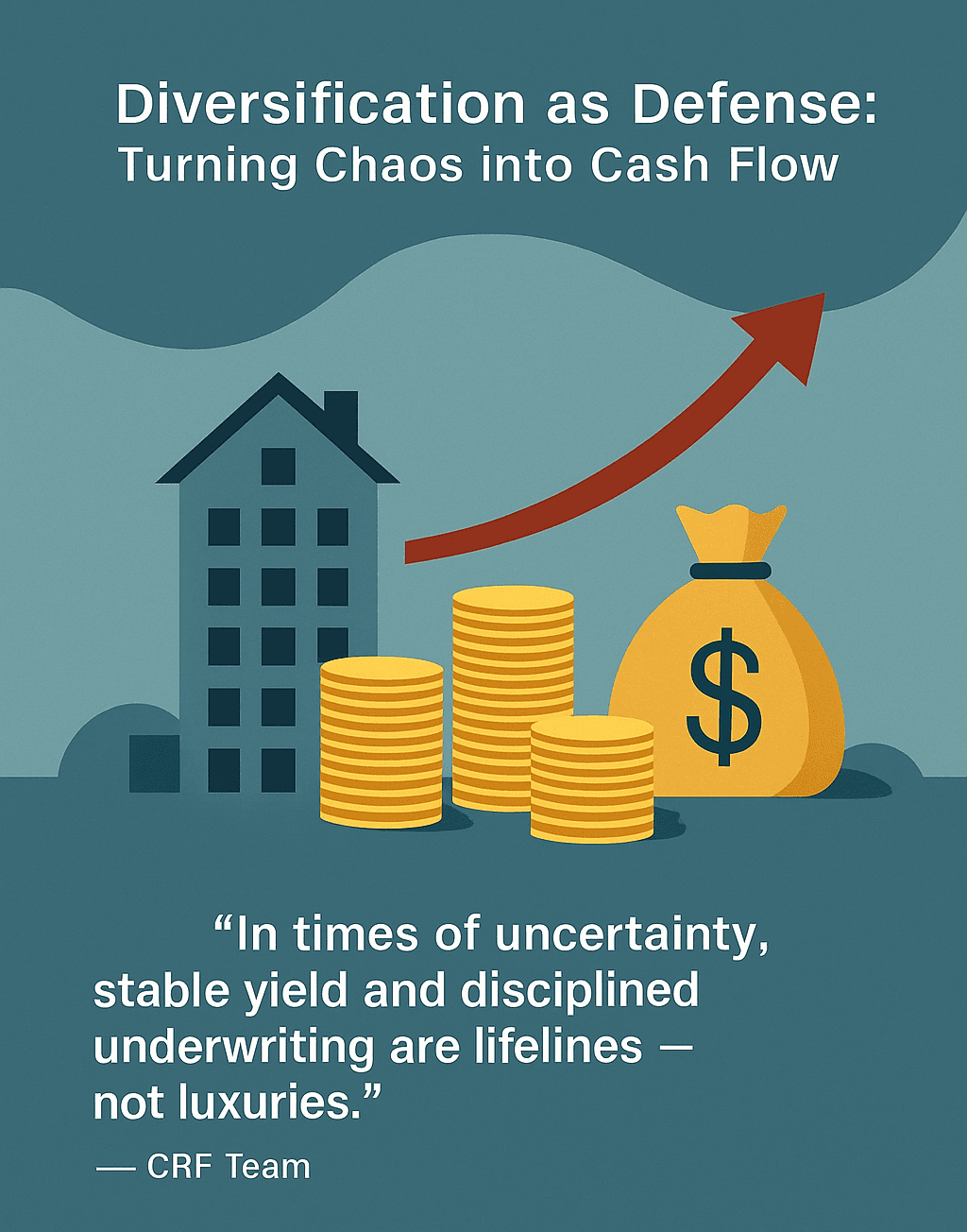
History Doesn’t Repeat Itself—But “Man” Certainly Does
The latest market turmoil served as a harsh reminder that volatility never disappears—it merely waits for the next spark. On Friday, the Dow Jones dropped 878 points (-1.90%) while the Nasdaq plunged 820 points (-3.56%), following President Trump’s threat of “massive” tariffs on Chinese exports of rare earth materials.
This sell-off marked one of the most dramatic trading days since April and reignited long-dormant fears of an extended correction.
After-Hours Fallout: Confidence Cracks Beneath the Surface
Following the close, the President doubled down with an additional 100% tariff on Chinese imports and new export controls on advanced software. Futures markets immediately tumbled, and Bitcoin erased more than $13,000 in value overnight — a striking display of how fear now transcends asset classes.
Investor confidence, long propped up by easy credit and inflated valuations, began to fracture. Margin calls triggered across multiple brokerages, underscoring the market’s fragile dependence on borrowed optimism.

Bubble Built on Borrowed Confidence
This cycle of overconfidence mirrors every major correction in modern history—from the dot-com bust to the 2008 crash. Each time, the warning signs were visible. Each time, investors assumed this time was different.
Lessons from the Past: Tariffs and the Domino Effect
During the last round of U.S.–China trade wars in Trump’s second term, equity markets suffered significant declines: 7–10% corrections in the Dow and S&P 500, and a 20% drawdown in the Nasdaq.
Today’s market bears striking similarities — but with one key difference: the economy’s overreliance on high leverage and the shadow of a government shutdown stretching into its third week. With corporate layoffs beginning, traders and fund managers alike are bracing for another liquidity squeeze.

Diversification as Defense: Turning Chaos into Cash Flow
In this uncertain landscape, diversification is no longer optional — it’s essential. CRF advocates for real-asset strategies that generate consistent, tangible income, even as equities fluctuate wildly. With loan portfolios yielding 12–14% annually, CRF underscores the value of cash-flowing investments over speculative paper gains. When markets tremble, monthly income and secured collateral can transform panic into peace of mind.
“In times of uncertainty, stable yield and disciplined underwriting are lifelines — not luxuries.”— CRF TeamLooking Ahead: The Weekend That Could Set the Tone
With new trade talks on the horizon and Washington gridlock intensifying, investors should prepare for continued volatility. Futures positioning suggests an uneasy equilibrium — one that could tilt sharply depending on political rhetoric or economic data releases next week. For disciplined investors, this may be the moment to reexamine portfolio exposure, reduce leverage, and allocate toward income-producing private credit strategies.
Copper River Funding’s Takeaway: Build for the Long Game
Market corrections test conviction — but they also reveal opportunity. CRF believes that wealth is built not in moments of euphoria but in seasons of discipline. By balancing traditional equities with secured, income-generating assets, investors can withstand turbulence and position themselves for sustainable growth.
Final Word: Volatility Is the Price of Admission
The markets may roar, retreat, and rebound — but the fundamentals of investor behavior remain timeless. The question isn’t whether volatility will return; it’s whether investors are ready when it does. Stay informed. Stay diversified. And remember — stability isn’t luck; it’s strategy.
The markets may roar, retreat, and rebound — but the fundamentals of investor behavior remain timeless. The question isn’t whether volatility will return; it’s whether investors are ready when it does. Stay informed. Stay diversified. And remember — stability isn’t luck; it’s strategy.


